South Africa Bombing Mice Until Every Last One Is Dead
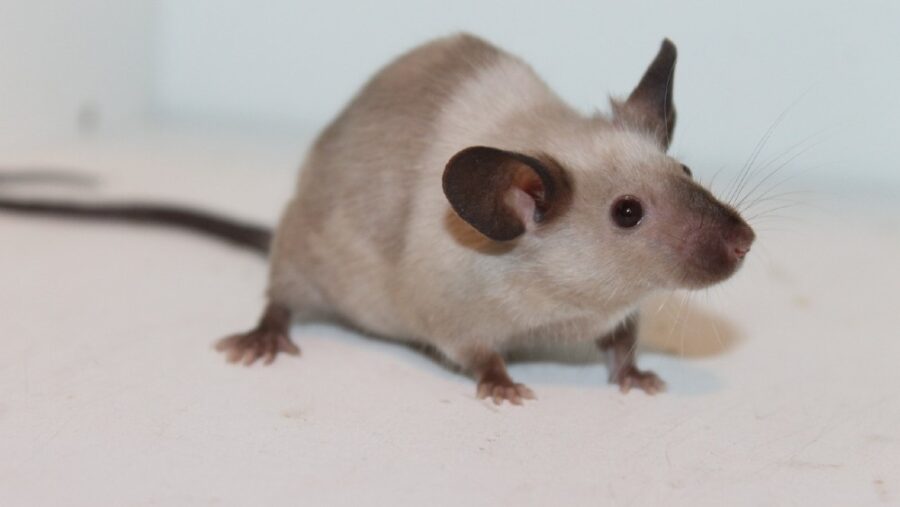
When you think of wildlife conservation, you might not immediately consider bombing as a part of the strategy, but scientists have recommended just that for an invasive population of mice wreaking havoc on Marion Island in South Africa. Roaming the island and eating albatrosses alive, the mice have been a problem since humans accidentally introduced the species to the remote island in the 19th century. The scale of the problem has induced conservation scientists to a radical conclusion: exterminating the mice en masse with a rodenticide bomb.
A Rodent Infestation Of Epic Proportions
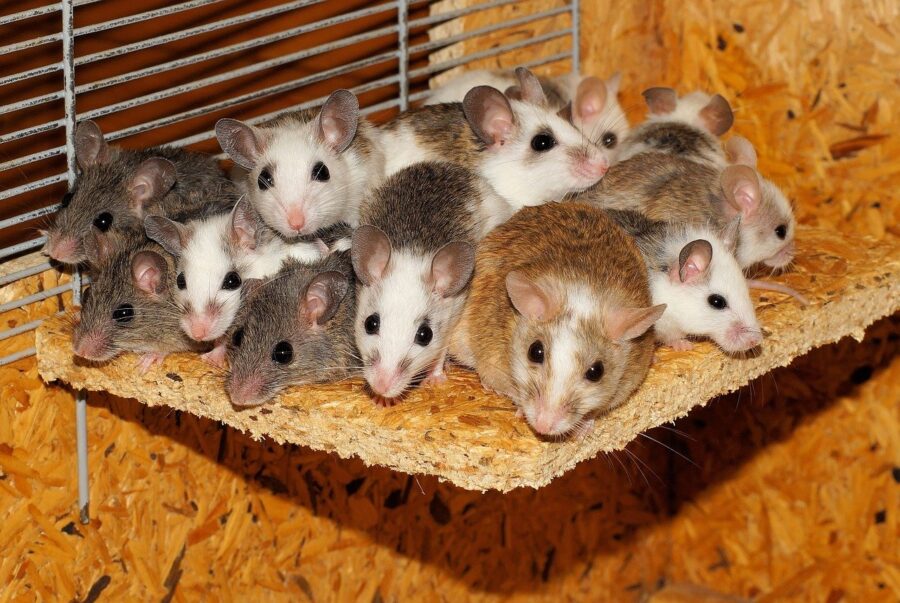
The South African Government, in conjunction with BirdLife South Africa, has formed a group called the Mouse-Free Marion project in an attempt to deal with the invasive mice. The project hopes to raise $29 million for their mouse bombs to rid the island of its infestation once and for all.
Leaving even one male and one female mouse behind could spell disaster, as the mice could breed and push numbers back up to current catastrophic levels.
600 Tons Of Rodenticide
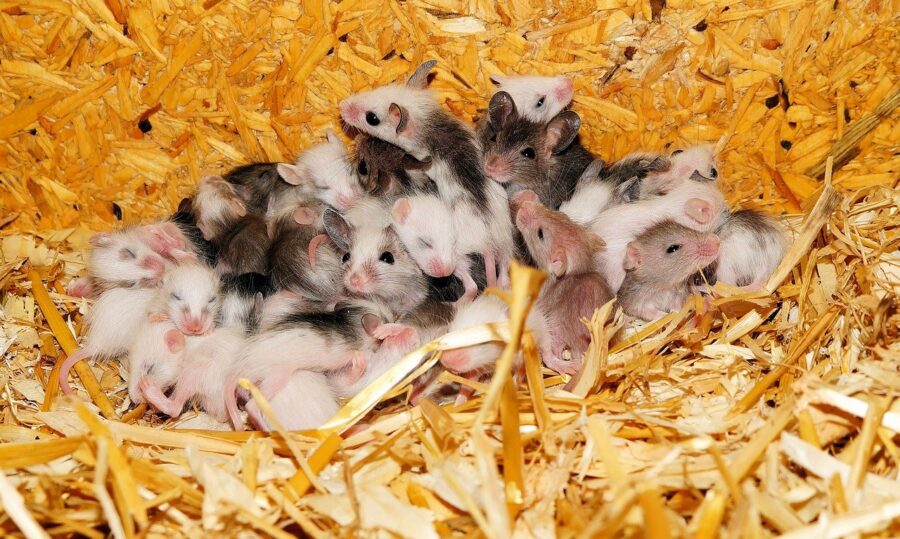
What Mouse-Free Marion is attempting to do in South Africa isn’t bombing the island but rather organizing a large-scale series of drops of 600 metric tons of rodenticide-laced pellets onto the island in winter, when mice are most desperate for a food source. The pellets would be delivered by helicopter, distributing the poison throughout the island from the air. The goal would be to inundate the entire mouse population with the rodenticide, hopefully leaving no mice behind.
Humans Are Responsible

The mice were first introduced to Marion Island by humans in the area hunting seals. Because the island is very remote, far south of the tip of continental South Africa, halfway to Antarctica, the native seabirds there never evolved to have any defense against predators. The invasive house mice have taken advantage of this evolutionary disadvantage by attacking wandering albatrosses alive, slowly eating them until they die.
Threatening The Native Population
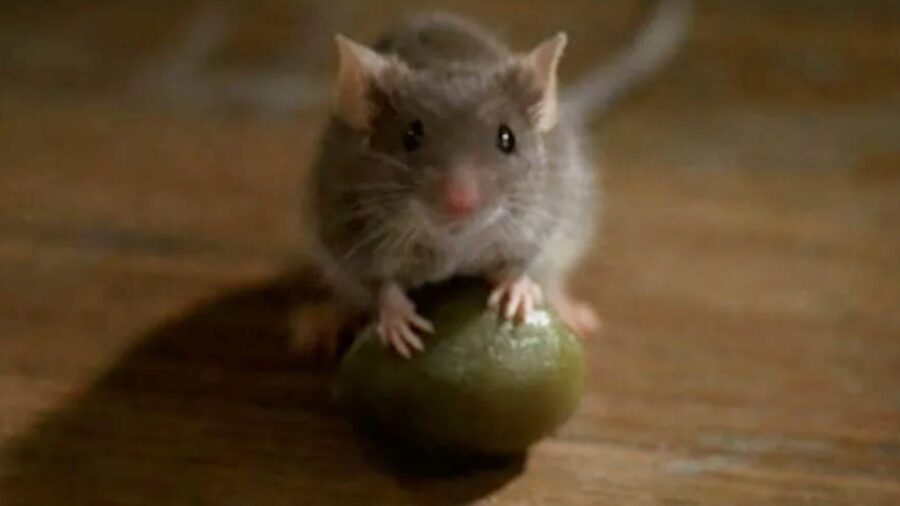
Scientists now estimate that the Mariona Island mice are eating hundreds of thousands of seabirds every year, threatening the entire species as the island is the nesting home to around a quarter of the total global population of albatrosses.
If the operation in South Africa is a success, it will be the world’s biggest single eradication in known history. With hordes of mice threatening to further endanger an already vulnerable population of seabirds, the clock is ticking on the ambitious plan.
The momentous operation aims to launch in the winter of 2027, requiring pilots to navigate every inch of the island in extremely risky weather conditions. While the plan is a tall order for the fleet of helicopter pilots engaged in the rodenticide drops, it’s a necessary risk according to conservation experts in South Africa. Mouse-Free Marion has raised about a quarter of the money they need to complete their intended project.
The Cats Didn’t Get The Job Done
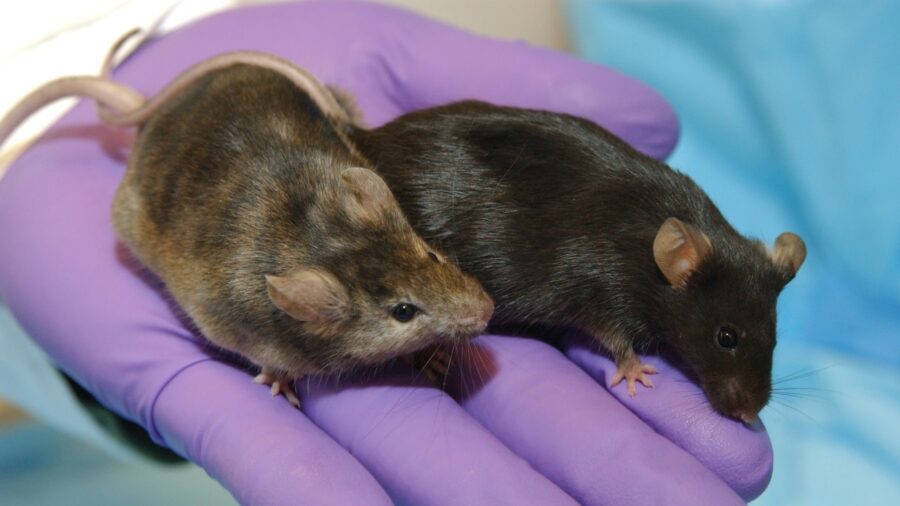
With mice appearing on Marion Island in the 1800s, there was one previous attempt at eradication, with the introduction of five cats to the island in 1948. Unfortunately, the cat population soon swelled to around 2,000, and the cats themselves began eating the birds at a rate of about 450,000 a year.
With the last of the cats being removed in 1991, the government of South Africa considers the new eradication method superior, as it will hopefully only kill the mice and won’t harm either invertebrates on the island or the seabirds, who mostly eat from the ocean.
Source: Yahoo News










